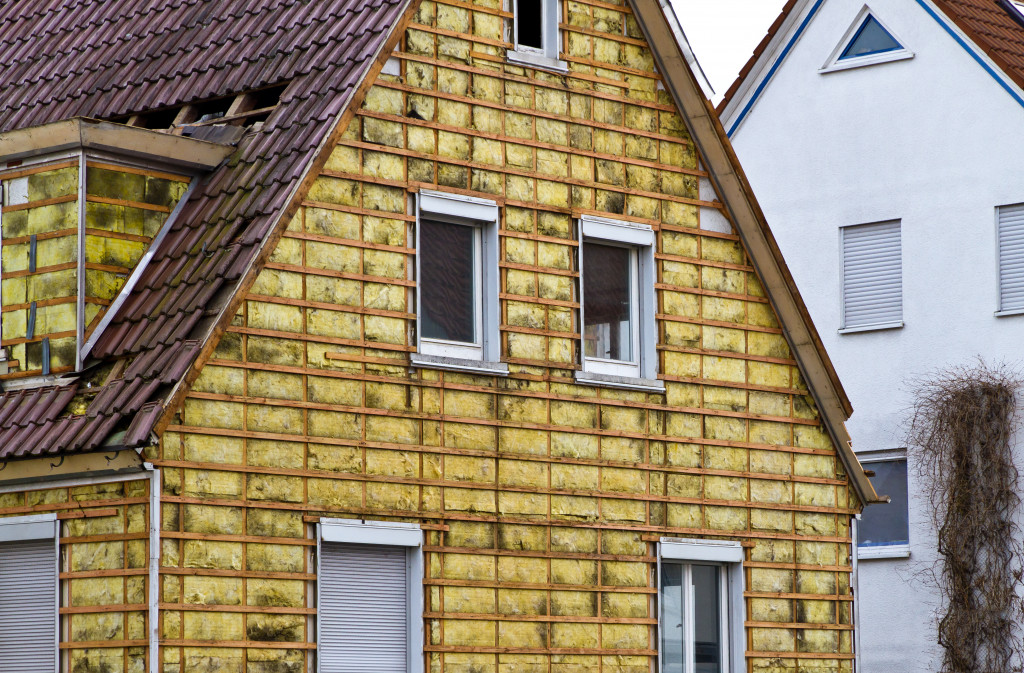Millennials are often stereotyped into many cliches. Most age groups are, but for the past few years, millennials have been the butt of jokes. But now that they’re fast becoming the largest economic group, the jokes are settling down. Especially now that millennials make up 37% of real estate purchases, a statistic that is looking to go higher as the years go by.
And the interesting thing is that many millennials joke amongst themselves that they can’t afford housing. However, many older millennials have built their credit score and have saved enough to purchase a house, and the younger ones are following suit. And this is good news to real estate investors everywhere, as the buying patterns of Generation Y are interesting: they’re not particularly focused on cities.
As a matter of fact, they’re not particularly going for the traditional “starter homes.” They’re going straight to what they want. Millennials are looking to purchase houses in rural areas near the mountains or farms. Some are looking for exciting locations, searching for real estate properties in older cities with history and culture. While others are more conventional, going for suburbs or plain residential areas.
Particularly, millennials seem to collectively appreciate a particular type of real estate: old houses. Whether an old house in the middle of nowhere or a vintage property in a historic location, millennials are more likely to purchase it.
But what is it with old houses that millennials seem to like so much? Let’s take a look at some reasons and what they may mean for the real estate industry.
Vintage Is Cool
Being born when digitalization was developing, millennials still have memories of the analog days of yore. This has resulted in an interest in all things vintage, including houses. Millennials like to celebrate the history associated with older items and tend to look back at the past with fond nostalgia.
Many want to live in a house similar to what they used to live in when they were younger, while some purchase long-held dream homes. Even retro-themed properties are attracting millennials, opening up the niche of vintage and retro design.

Fixer-uppers Are Affordable
Millennials like do-it-yourself projects, and a fixer-upper is affordable. Combine the two, and you get an understanding of why millennials are more likely to go for old houses. Fixer-uppers are far more affordable than brand new houses, making good use of the limited budgets most millennials have to contend with.
Plus, the popularity of DIY projects makes it so that even millennials know how to fix things around the house. A fixer-upper becomes a personal challenge that they want to overcome, and the fact that they’re getting their own home makes it all the more appealing.
Appreciation for History and Quiet Life
It’s no secret that millennials are appreciative of history. This extends to their choices in life, as many would rather stay in an old town with rich history than a city with large business districts. And since many grew up in urban areas, moving to quieter and smaller towns has become the trend to escape the hustle and bustle of city life.
Moving to rural areas, ones with very low population count, has become a trend. This, and the fact that many rural areas are also rife with history and lineage, make them a fascinating place to move to for millennials.
The Ratio of Price to Space
Many of those who grew up in the 90s were witness to the fast crowding of city spaces. Some might have even grown up being very familiar with tight avenues and crowded streets. And because older houses often feature larger areas despite a significant price drop, millennials are attracted to them. Many would instead purchase a sizable old home than a new cramped one, especially if it means saving up on costs.
They Can Make It Their Own
Of course, millennials are known as the generation who want to carve their path, and old home is an excellent slate to work with. It allows them to mold their own house into their liking and make it into something that’s truly theirs and theirs alone. Anachronistic and eclectic design are hallmarks of this generation’s interior design preferences, and an old house is perfect for that.
Now that millennials have the power to purchase real estate and properties, their preferences are becoming known. In the next few years, we can expect that millennials will make their economic presence felt more. And of course, the market will do its best to meet their demand.

